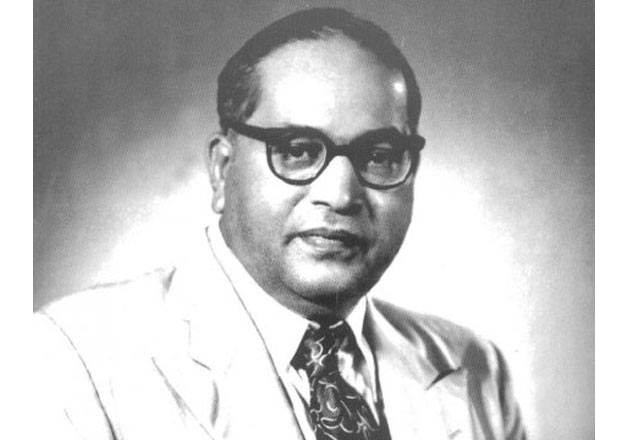 (Dr. Ambedkar in the eyes of his contemporaries)
(Dr. Ambedkar in the eyes of his contemporaries)
I became interested in Dr. Ambedkar in 1943 when I was appointed Supreme Allied Commander, South East Asia, and setup my operational Headquarters in Delhi. He was the Labour Member of Viceroy’s Council. He was fighting for Liberty, Equality and Fraternity and fair conditions of life. He clearly understood that this new order could never be established if the Nazis and the Fascists won the war, he and the Indian Labour had been actively cooperating in the prosecution of the war.
At a time when so many Indian leaders opposed war, the knowledge of his support was greatly heartening to me, since India was my base and a million Indian Soldiers, Sailors and Airmen were fighting under my control in Burma.
When I became the last Viceroy of India in March 1947 I had extremely interesting and valuable talks with him, and strongly backed my Prime Minister, Jawahar Lal Nehru’s proposal to appoint him as Minister for Law in the first Independent Cabinet.
I was even more pleased to agree to his appointment as Chairman of the Constitution Drafting Committee, and watched with admiration the very efficient way in which he piloted the new constitution of India through the Constituent Assembly. That was a magnificent achievement.
But his continuous championing of the Untouchable Scheduled Castes is what remains the strongest in my mind. At the time of the transfer of power there were sixty millions of them, far more than the population of the British Isles. Babasaheb, as they affectionately called their leader, had personal experience of the fearful disabilities under which his people suffered. He stood up for them against all opponents. He disagreed violently with Mahatma Gandhi’s solution for their representation in the Assembly in the Poona Pact which he felt tied them to the Congress Party. He had the courage, and it required tremendous courage in the climate of India, to stand up to him.
All in all, it was a refreshing experience to know this clear seeing brave fighter who has an immortal niche in the history of India .
I became interested in Dr. Ambedkar in 1943 when I was appointed Supreme Allied Commander, South East Asia, and setup my operational Headquarters in Delhi. He was the Labour Member of Viceroy’s Council. He was fighting for Liberty, Equality and Fraternity and fair conditions of life. He clearly understood that this new order could never be established if the Nazis and the Fascists won the war, he and the Indian Labour had been actively cooperating in the prosecution of the war.
At a time when so many Indian leaders opposed war, the knowledge of his support was greatly heartening to me, since India was my base and a million Indian Soldiers, Sailors and Airmen were fighting under my control in Burma.
When I became the last Viceroy of India in March 1947 I had extremely interesting and valuable talks with him, and strongly backed my Prime Minister, Jawahar Lal Nehru’s proposal to appoint him as Minister for Law in the first Independent Cabinet.
I was even more pleased to agree to his appointment as Chairman of the Constitution Drafting Committee, and watched with admiration the very efficient way in which he piloted the new constitution of India through the Constituent Assembly. That was a magnificent achievement.
But his continuous championing of the Untouchable Scheduled Castes is what remains the strongest in my mind. At the time of the transfer of power there were sixty millions of them, far more than the population of the British Isles. Babasaheb, as they affectionately called their leader, had personal experience of the fearful disabilities under which his people suffered. He stood up for them against all opponents. He disagreed violently with Mahatma Gandhi’s solution for their representation in the Assembly in the Poona Pact which he felt tied them to the Congress Party. He had the courage, and it required tremendous courage in the climate of India, to stand up to him.
All in all, it was a refreshing experience to know this clear seeing brave fighter who has an immortal niche in the history of India .
(Extracted from Bheem Patrika, edited by Bhagwan Das, Vol 3, No. 21, July 1974.)




